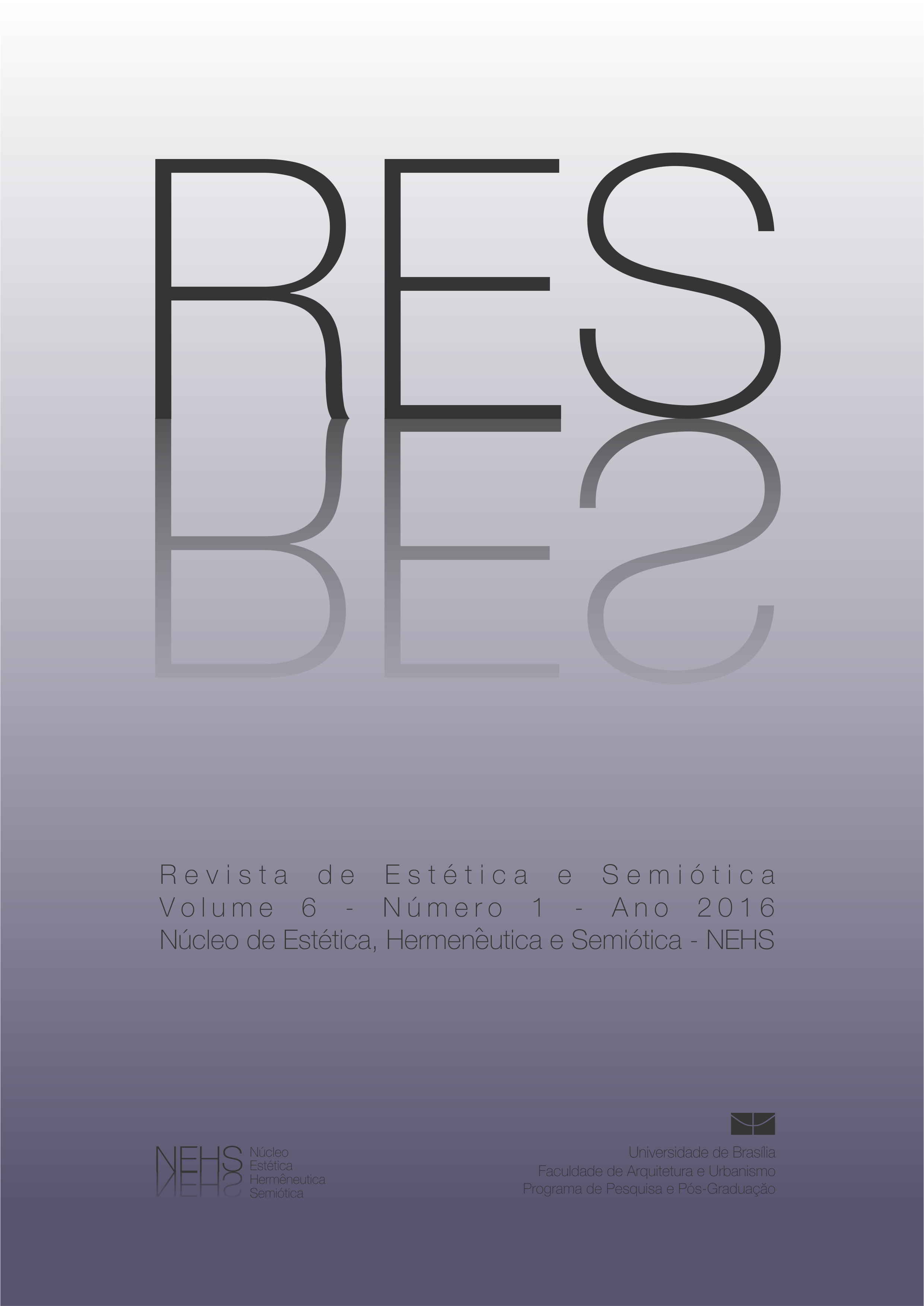O CORPO DANADO
DOI:
https://doi.org/10.18830/issn2238-362X.v6.n1.2016.04Keywords:
Damned body, Nudity, Anatomy, Last Judgment, Hell, Medieval and renaissance artAbstract
The representation of the human body has always played a central role in Western art. In line with this tradition and since its beginning Christianity has used a system of representations oriented around the human body to emphasize the problematic relationship between the physical body and the soul in contrast with the idealized body of the Greek and Roman Classical Antiquity. The ambiguity of a Christian body fought over by the opposing forces of good and evil, wrenched between Heaven and Hell, gave origin to a vast number of representations and metaphors relating to the human body throughout the history of the written and visual arts. The main focus of this article is on the manner in which the nude bodies of the damned are represented and related to the demonic bodies within the Last Judgment theme and its dependent category of Hell. A history of the body representations in the images of Hell starting from a medieval theocentric conception of the world, which conceived a miserable body as opposed to the divine soul, to the contagious humanism of the Renaissance, when the representations of the human body in Hell, sometimes eroticized, were in fact beautiful due to the influence of Antiquity and the new studies on human anatomy by the artists.
References
BACHELARD,Gaston. A Psicanálise do Fogo, São Paulo,Martins Fontes, 1999.
BARNES, Bernardine. Michelangelo’s Last Judgement: The Renaissance Response, Berkeley,University of California Press, 1998.
BERNARDINE, Ann Barnes. Michelangelo’s Last Judgement: the Renaissance Response. University of California Press, 1998.
BRANDÃO, Junito. Mitologia Grega, Volume I, Editora Vozes, Petrópolis, RJ, 1997.
CLARK, Kenneth. O Nu, Um Estudo sobre o Ideal em Arte, Lisboa, Editora Ulissea, 1956.
Ezequiel (37,6), Bíblia Sagrada, Edição Barsa, 1965.
FERRO, Sergio. Michelangelo, São Paulo, Palavra e Imagem, 1981.
GOMBRICH, Ernst H. Arte e Ilusão. Um estudo da psicologia da representação pictórica, São Paulo, Martins Fontes, 1986.
HOLLANDER, Anne.Seeing Trough Clothes, New York, Penguin Books, 1978
LINK, Luther. O Diabo, A Máscara sem Rosto, São Paulo, Editora Schwarcz, 1998
LORENZI, Lorenzo. Devils in Art, Florence, from the Middle Ages to the Renaissance.Florença, Centro Di dellaEdifímisrl, 1997.
LUCIE-SMITH, Edward.Sexuality in Western Art, London,Thames and Hudson, 1995
MINOIS, Georges. História dos Infernos, Lisboa, Teorema, 1997.
MORGAN, Genevieve. The Devil, San Francisco, Chronicle Books, 1996.
PETHERBRIDGE, Deanna. The Quick and the Dead, University of California Press, 1997.
RIESS, Jonathan B. Luca Signorelli, The San Brizio Chapel, Orvieto, George Braziller, Inc., New York, 1995.
SCHMITT, Jean-Claude & Jacques Le Goff.In: Dicionário Temático do Ocidente Medieval, Bauru, Editora da Universidade do Sagrado Coração, 2002.
TREVISAN, Armindo. O Rosto de Cristo: A Formação do Imaginário e da Arte Cristã, Porto Alegre, Editora Age, 2003.
TURNER, Alice. The History of Hell, New York, Harvest Book, 1995.




